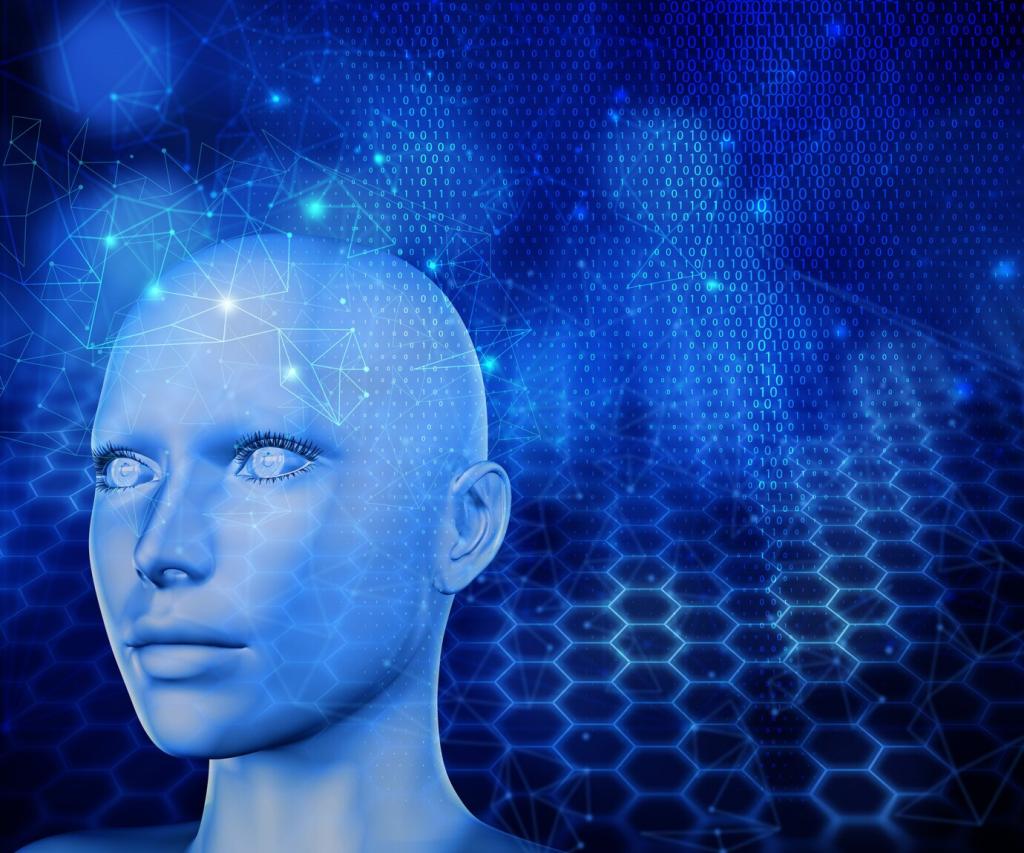
How AI is Shaping the Future of Music Discoverability
The evolution of artificial intelligence is revolutionizing industries across the board, and music is no exception. Music discoverability—how listeners find new tracks, artists, or genres—is experiencing a fundamental shift powered by AI-driven technologies. These advancements are not just transforming platforms but are also reshaping how we experience, recommend, and engage with music. The symbiotic relationship between artists, listeners, and algorithms is fostering an ecosystem where creativity, innovation, and personalized content intersect in unprecedented ways. As we delve into these changes, it’s clear that AI is setting the stage for the next era of musical discovery, ensuring listeners have richer, more tailored experiences while providing artists with powerful new avenues to connect with audiences.
Personalized Listening Experiences
Tailored Recommendation Algorithms
Adaptive Playlists and Radio Stations
Context-Aware Music Discovery
Empowering Independent Artists
Data-Driven Audience Insights
Algorithmic Promotion on Streaming Platforms
Automated Content Creation Tools
Cross-Cultural Exploration
Breaking Language Barriers


